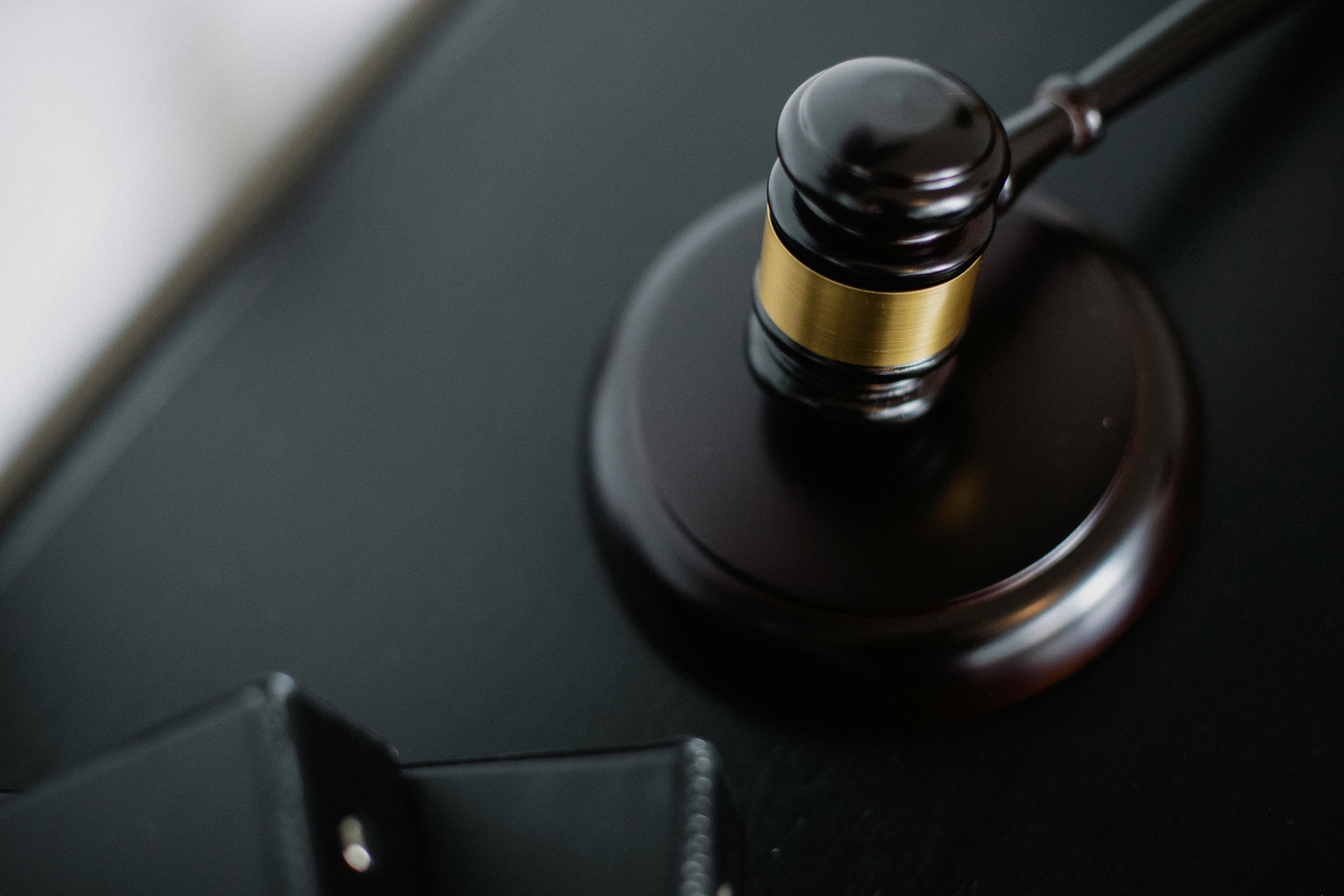cork tree to cork board

The cork has been used as a traditional stopper for wine bottles for centuries. Its transition to the popular Corkboard for notices or newsletters is less than a hundred years old. Cork is the bark of the cork oak tree found in southwestern Europe, especially in Portugal and Spain. Portugal has almost a third of the cork oaks in the world and is the producer of half the cork on the planet. Hemp-wrapped wooden stoppers were traditionally used as stoppers on wine containers in the 17th century. Dom Perignon was the cellar master at a Benedictine abbey in France. He introduced a cork stopper instead of a wooden one, used thicker glass bottles, and thus changed the wine industry forever.
In 19th century Germany, cork waste was mixed with clay to make cork sheets. A little later, in the United States, cork waste was mixed with asphalt to make cork tiles, but the tarry smell made it unsuitable for indoor use. Somewhere around 1891, John T Smith discovered that heat dissolved the resin in cork and helped bind cork waste together into a board or sheet. That was the birth of the Corkboard tile. It was mainly used as an insulating material.
George Brooks of Topeka had the idea for cork bulletin boards.
It wasn’t until 1924 that George Brooks of Topeka, Kansas decided to make corkboard bulletin boards and introduced the idea of tacking notices. He obtained a patent on his creation and the patent lasted for seventeen years, as was the law at the time. Cork boards became a very popular method of posting notices in the 20th century. Many variations hit the market. The peculiar qualities of cork made it the ideal material for cork boards. It has a honeycomb structure of cells made up of suberin and gases. This natural design and material makes cork waterproof, heat resistant and elastic. The nature of cork cells is to recover their original shape even after extreme compression. That’s why it’s so easy to stick pins into a corkboard.
Cork boards are used today in many institutions. They are framed in attractive wood or aluminum and hung or placed on stands in convenient locations where people can access the messages affixed to them. Cork boards can be seen in schools, colleges, offices, theaters and hospitals. The lightweight nature of cork makes it easy to install and transport from one location to another. A modern version of the corkboard divides the rectangular board into two sections. One is the usual smooth corkboard area where messages can be pinned and the other section is made up of a smooth white surface where daily schedules can be handwritten with markers.
Cork is the favorite material of environmentally conscious buyers. The manufacture of cork boards does not involve any industrial chemical process, so it does not consume a lot of energy or emit greenhouse gases. The other modern materials used such as foam and rubber for bulletin boards cause the emission of harmful carbon dioxide and monoxide into the atmosphere.
The popularity of cork boards even today in the 21st century shows the remarkable ecological nature of this material.